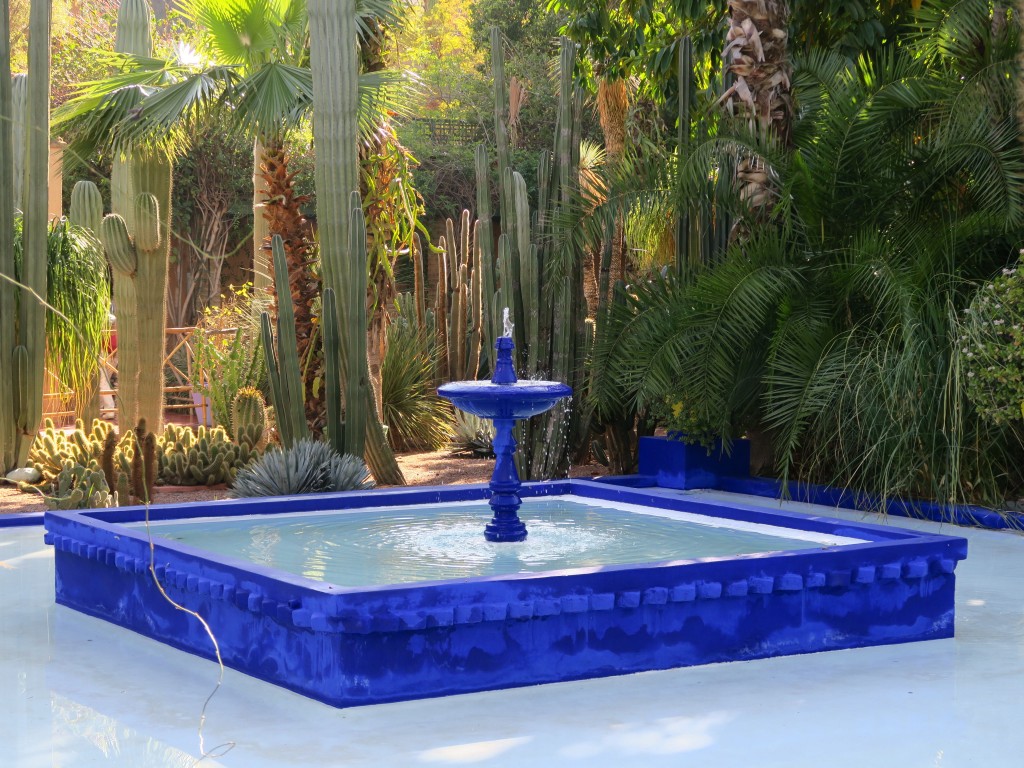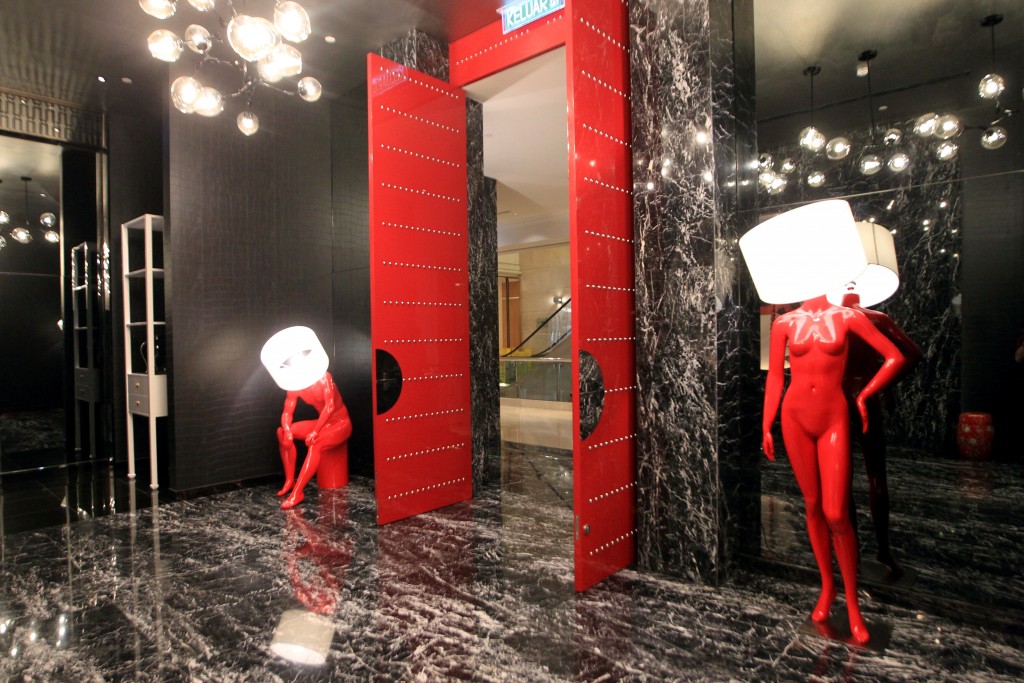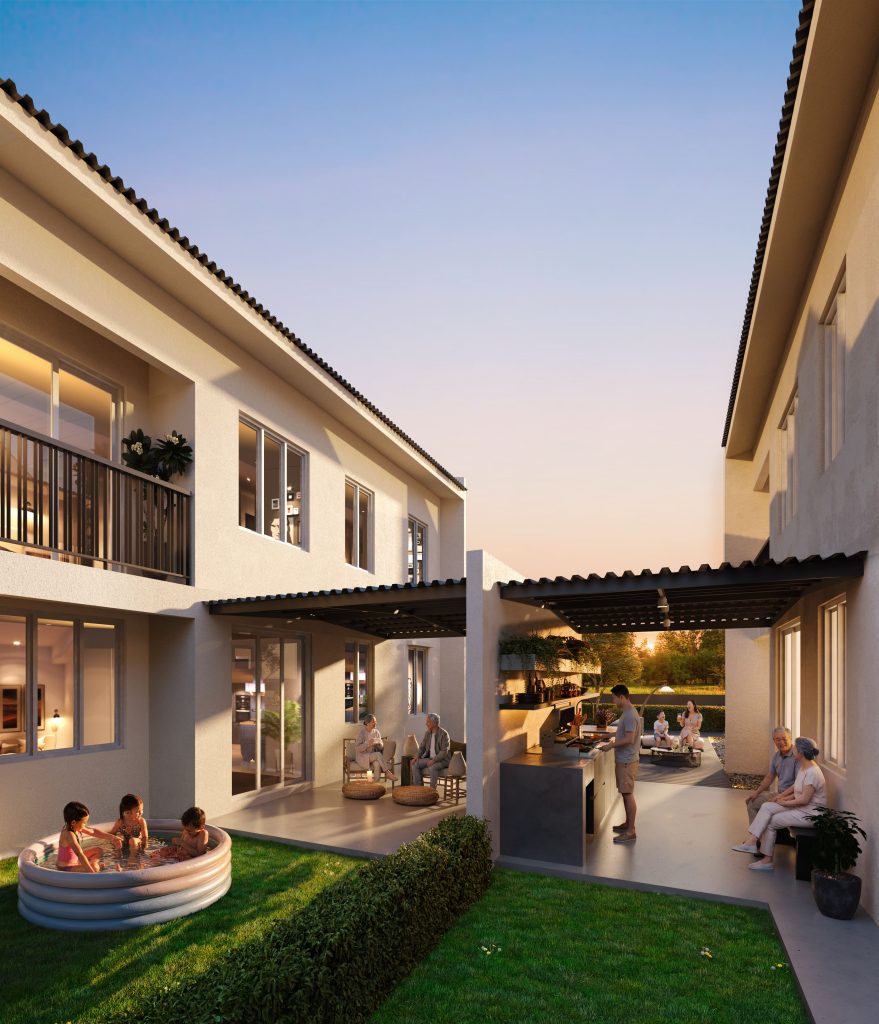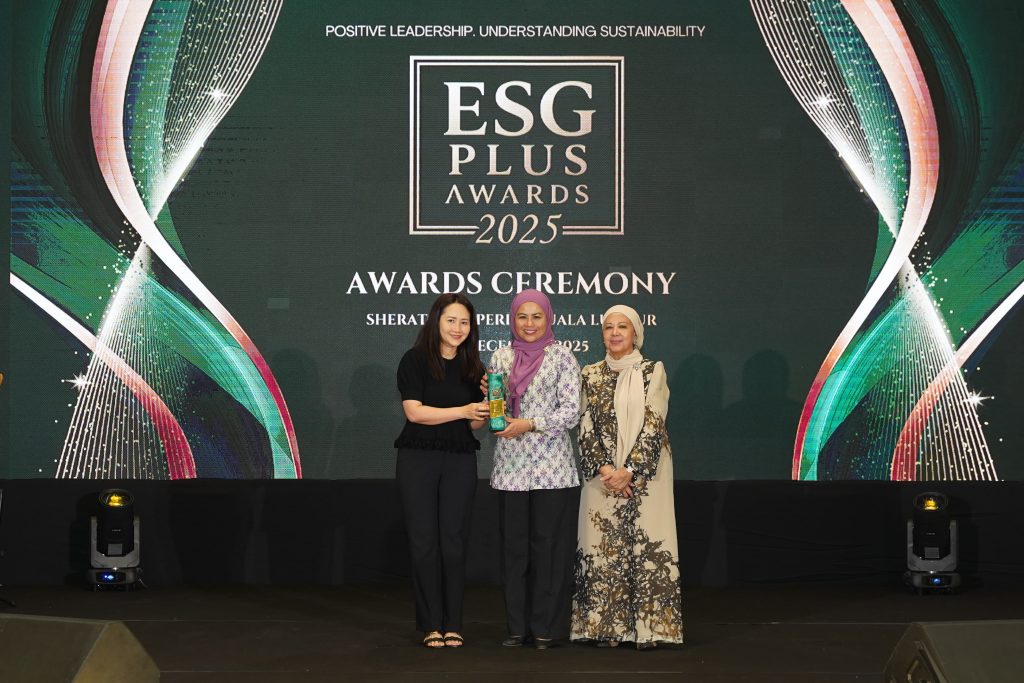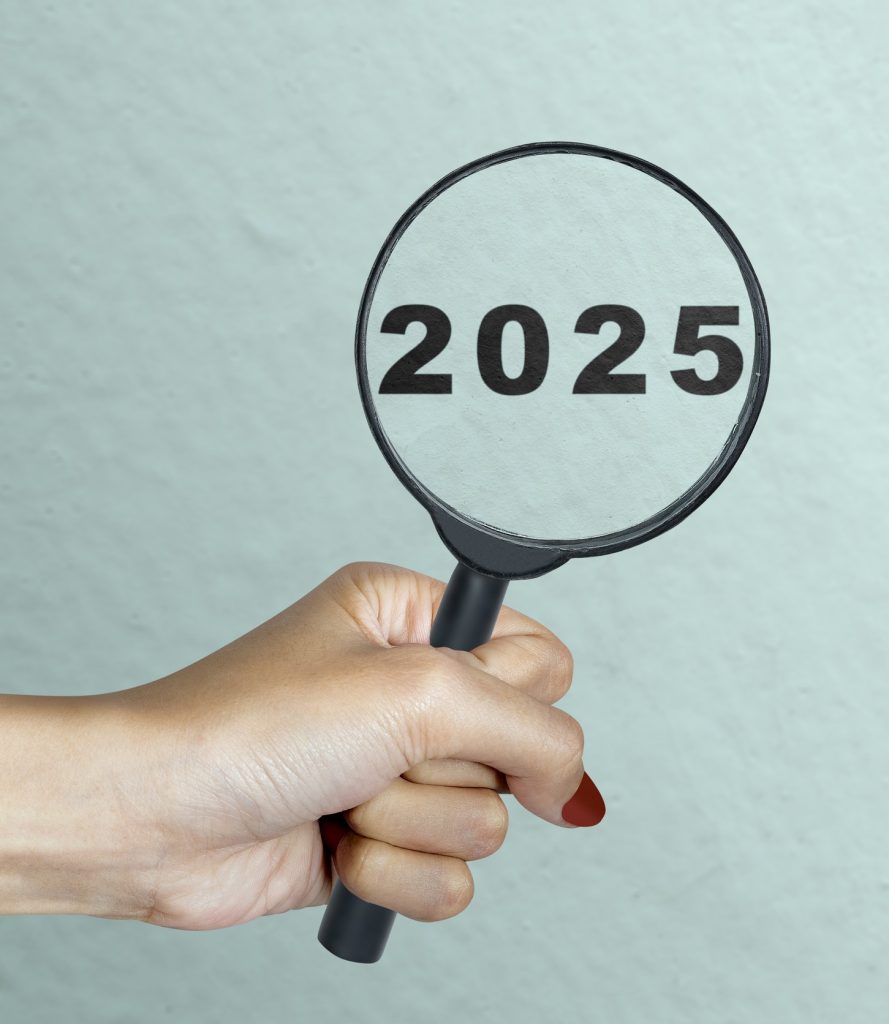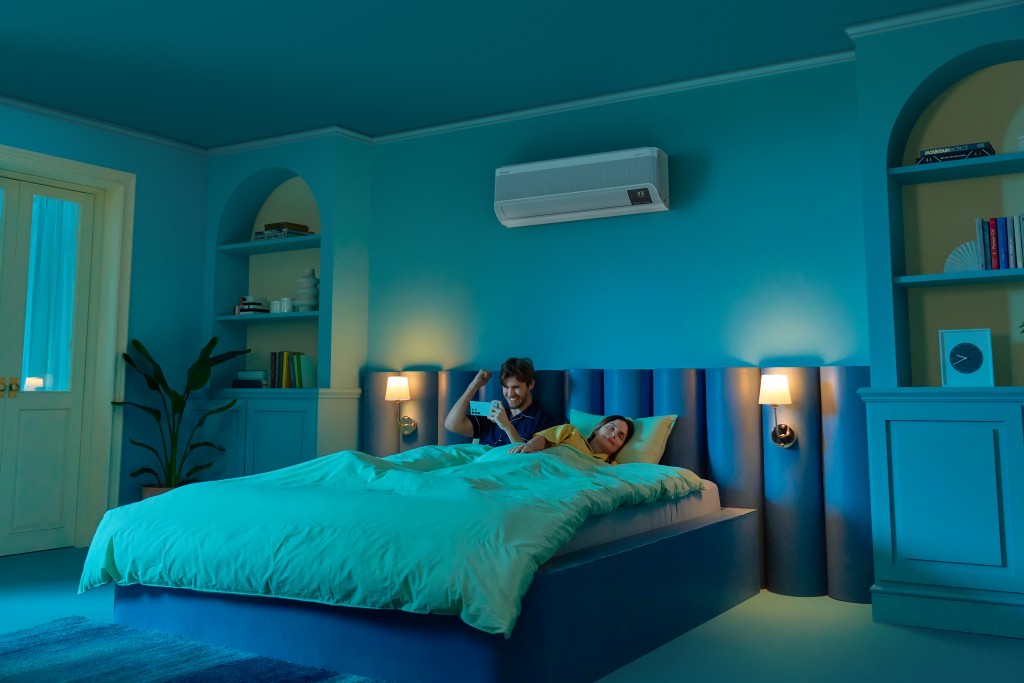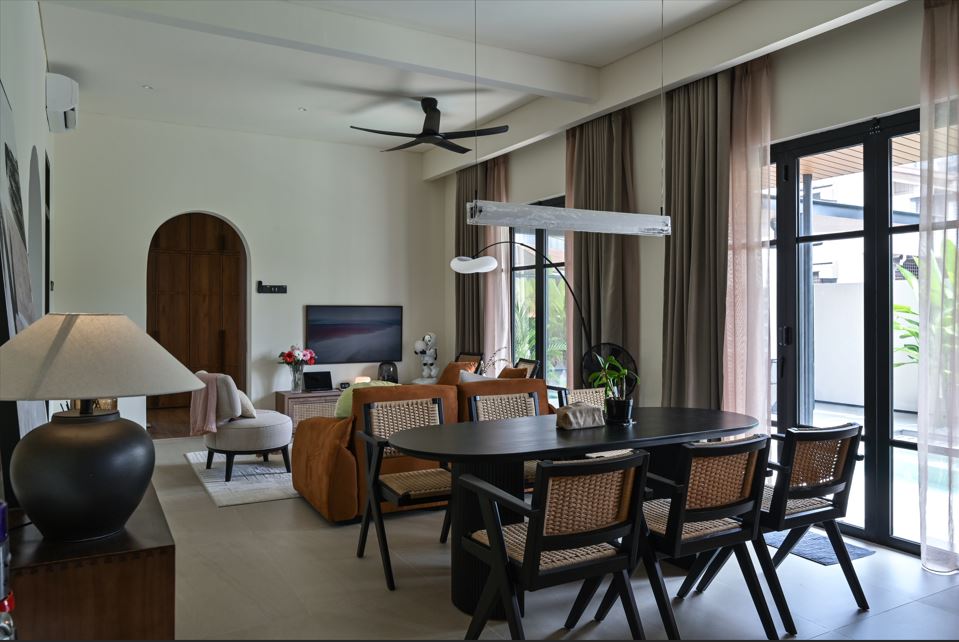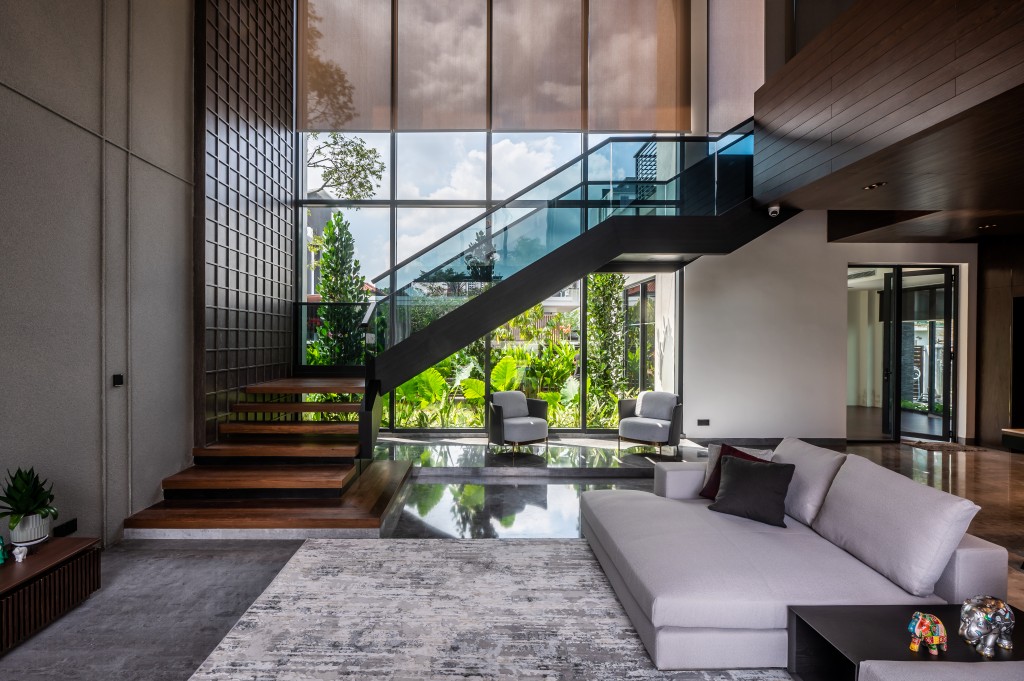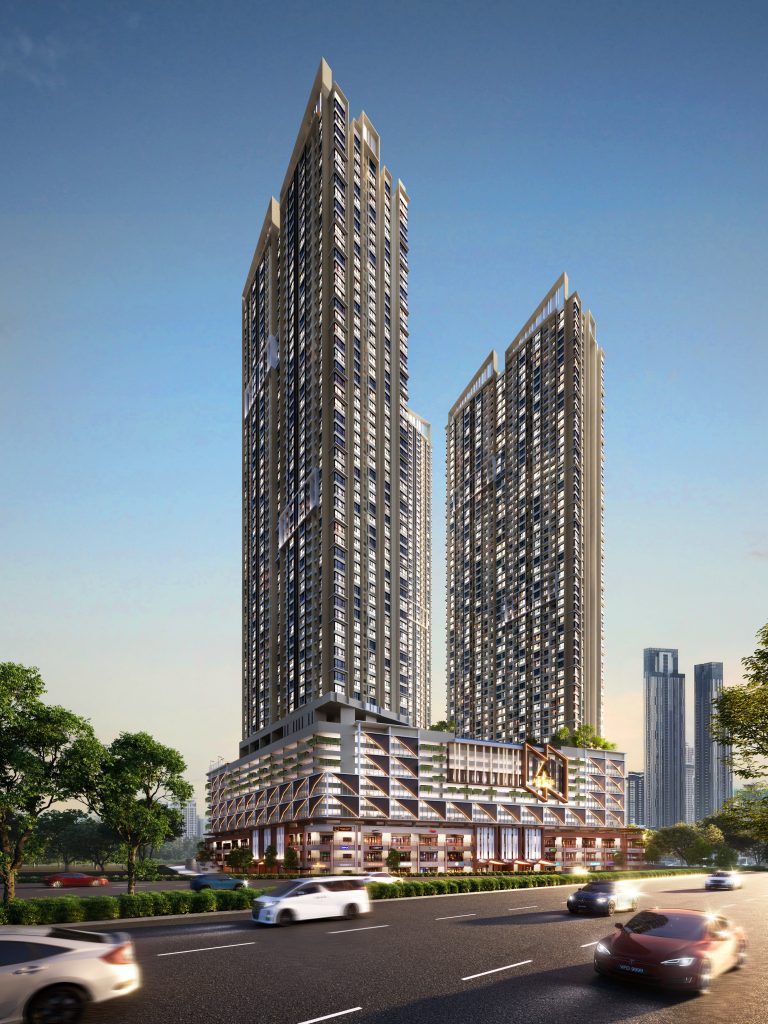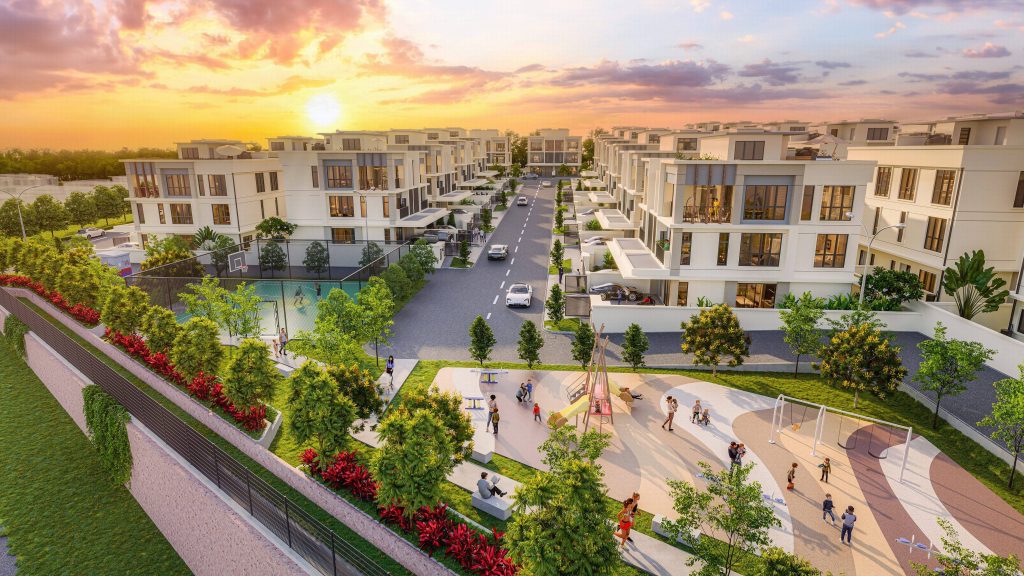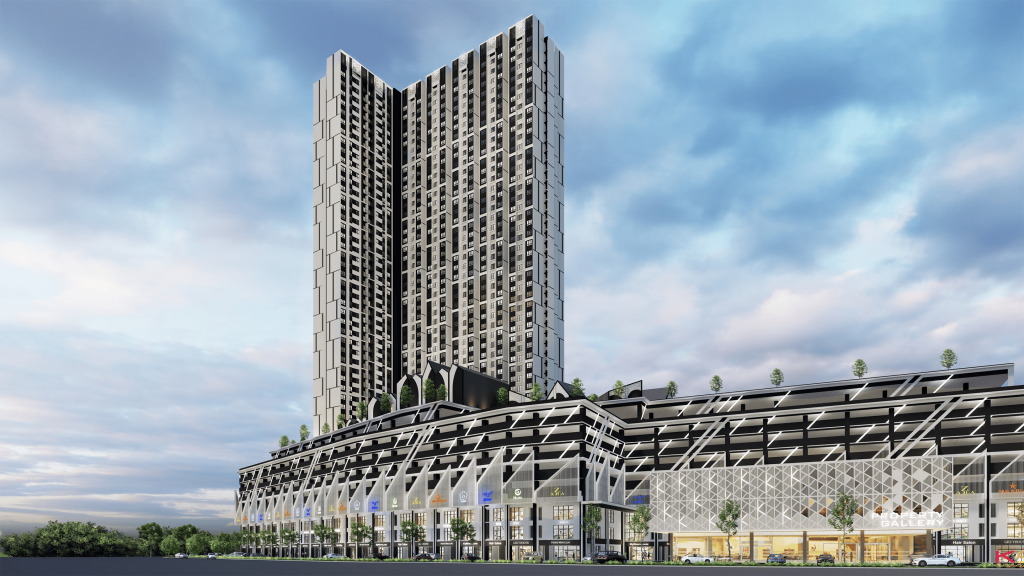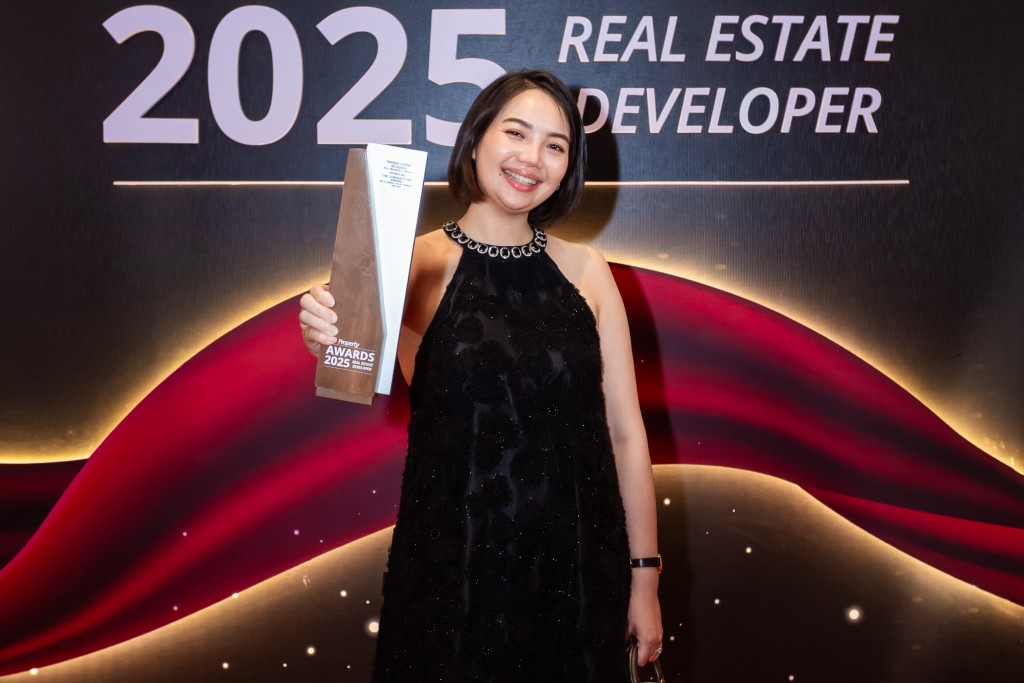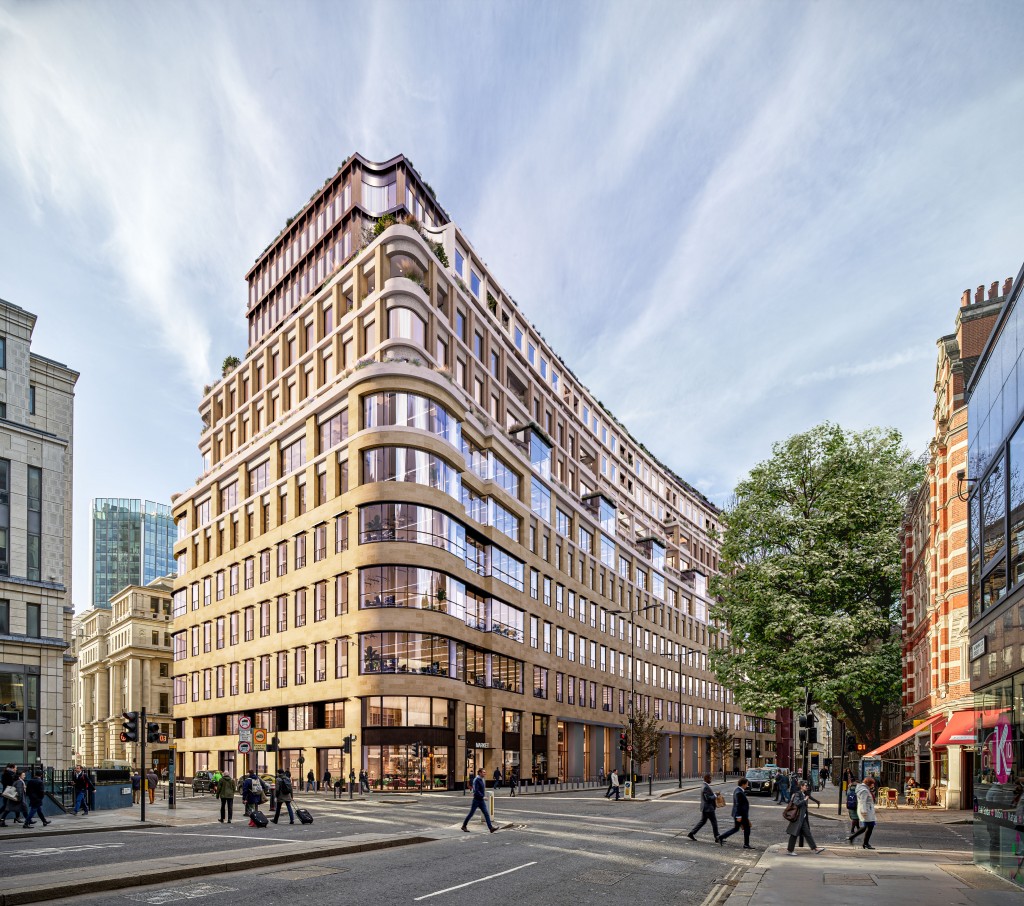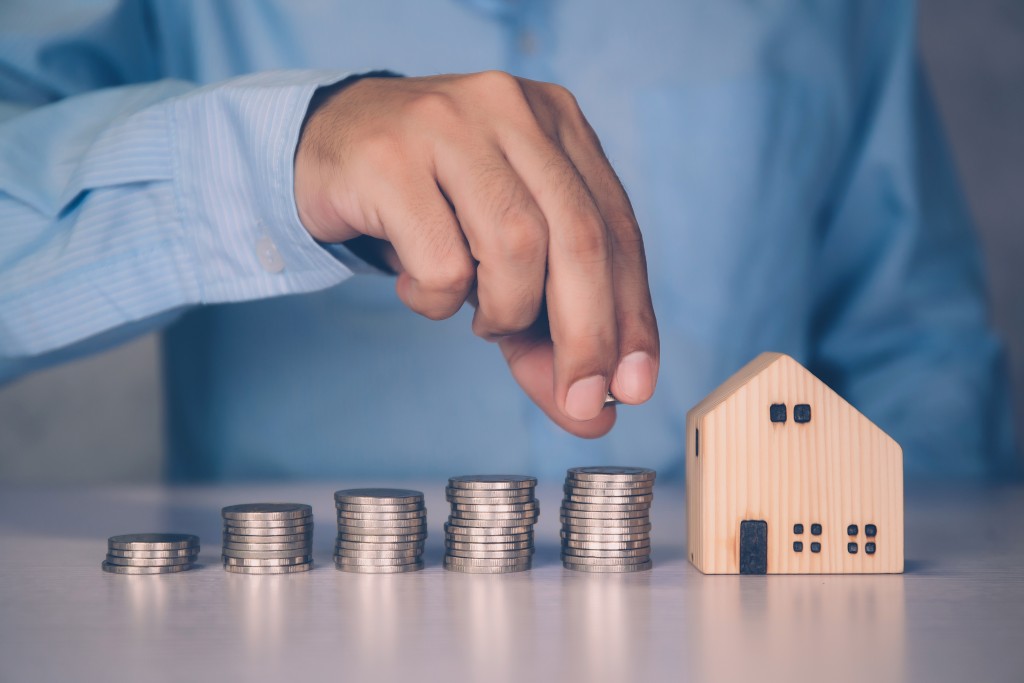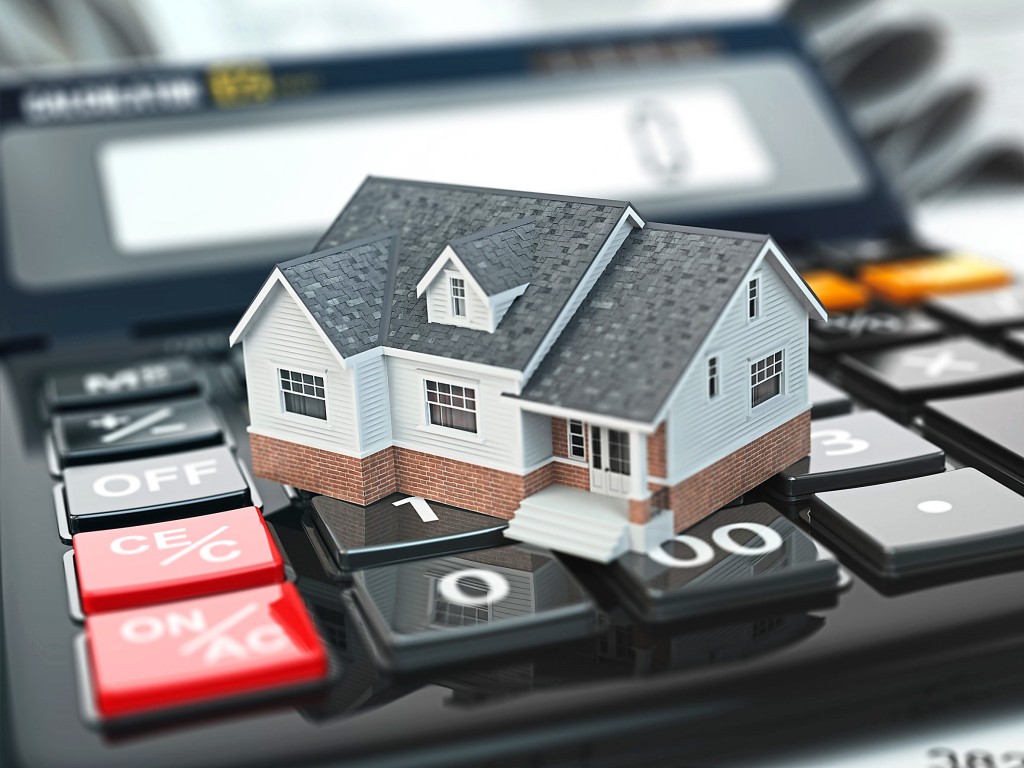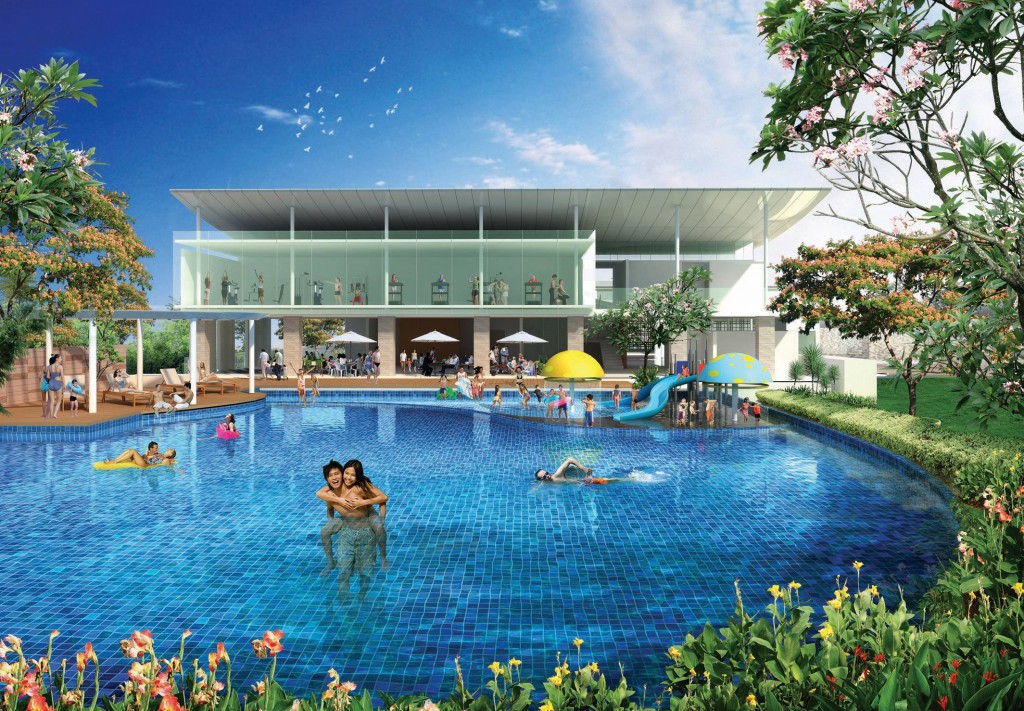By Viktor Chong viktorchong@thestar.com.my
The enigmatic nature of colours has always been a source of intrigue. From the basic colours of red, orange, blue, green, purple, cyan and yellow, springs forth myriad combinations that captivate the human eyes and imagination.
Colours not only contain visual properties, they also affect the mood of those who see it. In fact, there are people who claim that the colour preference of an individual tells a thing or two about their personality. Regardless, colours play an important role in setting the mood for your house, and it is vital that you paint the interior of your house accordingly.
Here are a sample of colours and their visual properties:-
Blue and its association with the high seas is said to relax the minds of those who gaze upon it. Living rooms, bathrooms and bedrooms are ideal places for the colour blue as these are the places where relaxing activities such as sleeping, bathing and resting occurs.
A lighter shade of blue brings about a chilly atmosphere that can be overwhelming for some occupants. Prudent house owners could consider combining it with a warm colour to balance the coldness associated with the colour. Dark blue, on the other hand, evokes feelings of sadness and loss.
Red flares prominently, capturing the attention of all. It also suggests a fast-paced environment filled with competition and excitement. Hence, the colour red does not do well in rooms designed for restful purposes such as the bathroom or bedroom, since it also makes the occupant irritable.
However, the atmosphere in a red room is softened during the night, and it radiates with a rich hue under the light of a lamp.
The colour red also suggests sensuality, love and passion, which isn’t new considering its association with hearts and roses. Unsurprising, it has been proven that red raises blood pressure and speeds up respiration and heart rate.
Red and a combination of yellow also perform the role of stimulating your appetite, hence its usage in the interiors of most fast food chain restaurants such as Burger King, Mc Donalds and KFC.
Housewives might consider a lighter shade of red in the dining room to prompt their picky children to eat more.

Yellow symbolises success, and this mentality probably dates back to the time gold was discovered as a commodity. For many, it represents wealth and material possession, but for the Malay community, it symbolises royalty. From a psychological point of view, yellow uplifts the image of the room, communicating joy and happiness.
Thus, yellow makes for a good colour in places of activities such as the kitchen, bathroom and dining room. Its bright hue also makes a space seem larger than it actually is.
Not unlike red, the vibrancy of yellow also creates feelings of anger and frustration when used abundantly. Therefore, a softer shade could be used in the mix to neutralise the effect.
The abundance of green has always been attributed to the colour of nature, hence its refreshing look. It is said that the colour green is the most restful colour for your eyes, not considering its relaxing benefits such as stress relieve, stimulation of pituitary glands and an increase in blood histamine level.
Unlike the colour blue which could create a chilly atmosphere if used in extremes, green has no such weakness. A dark shade of green coupled with dark yellow, however, throws off a dirty look.


